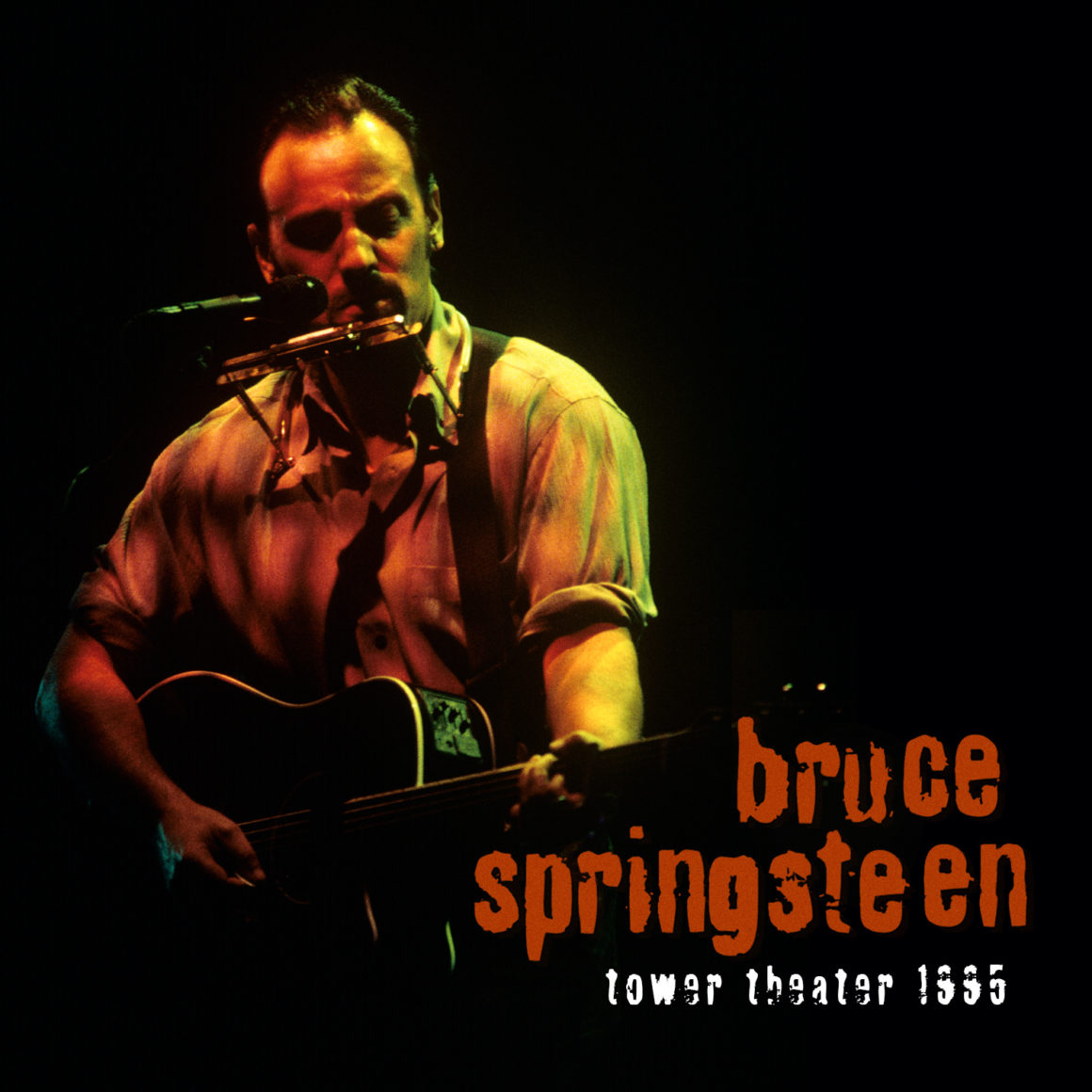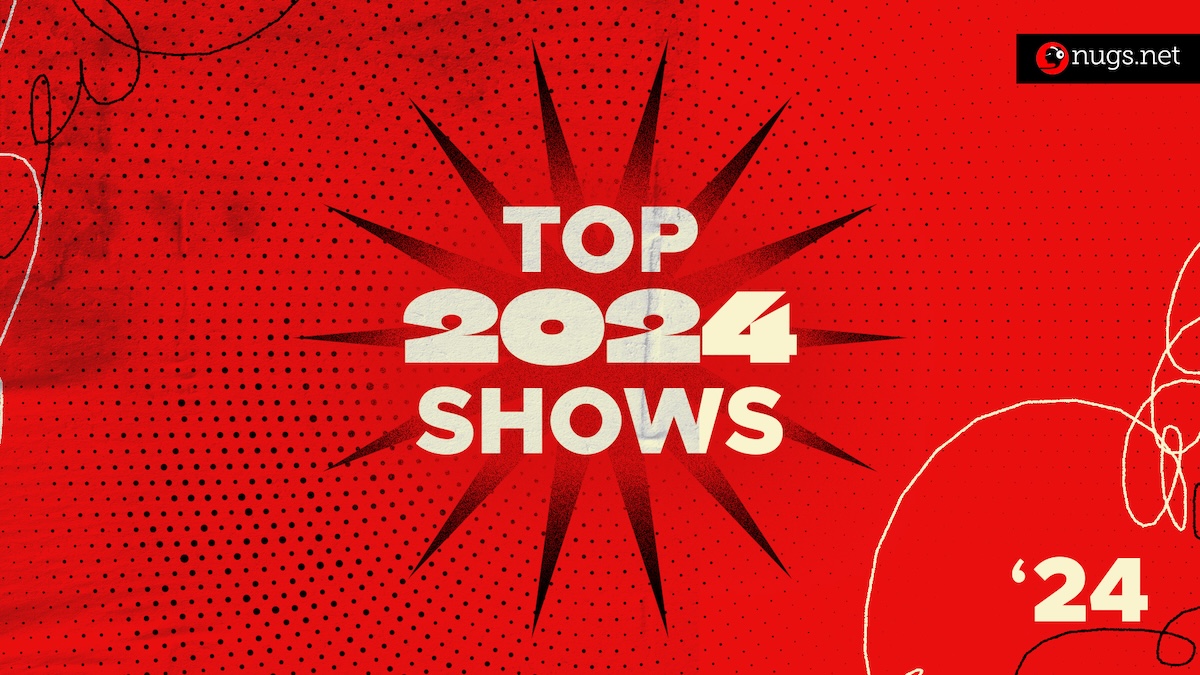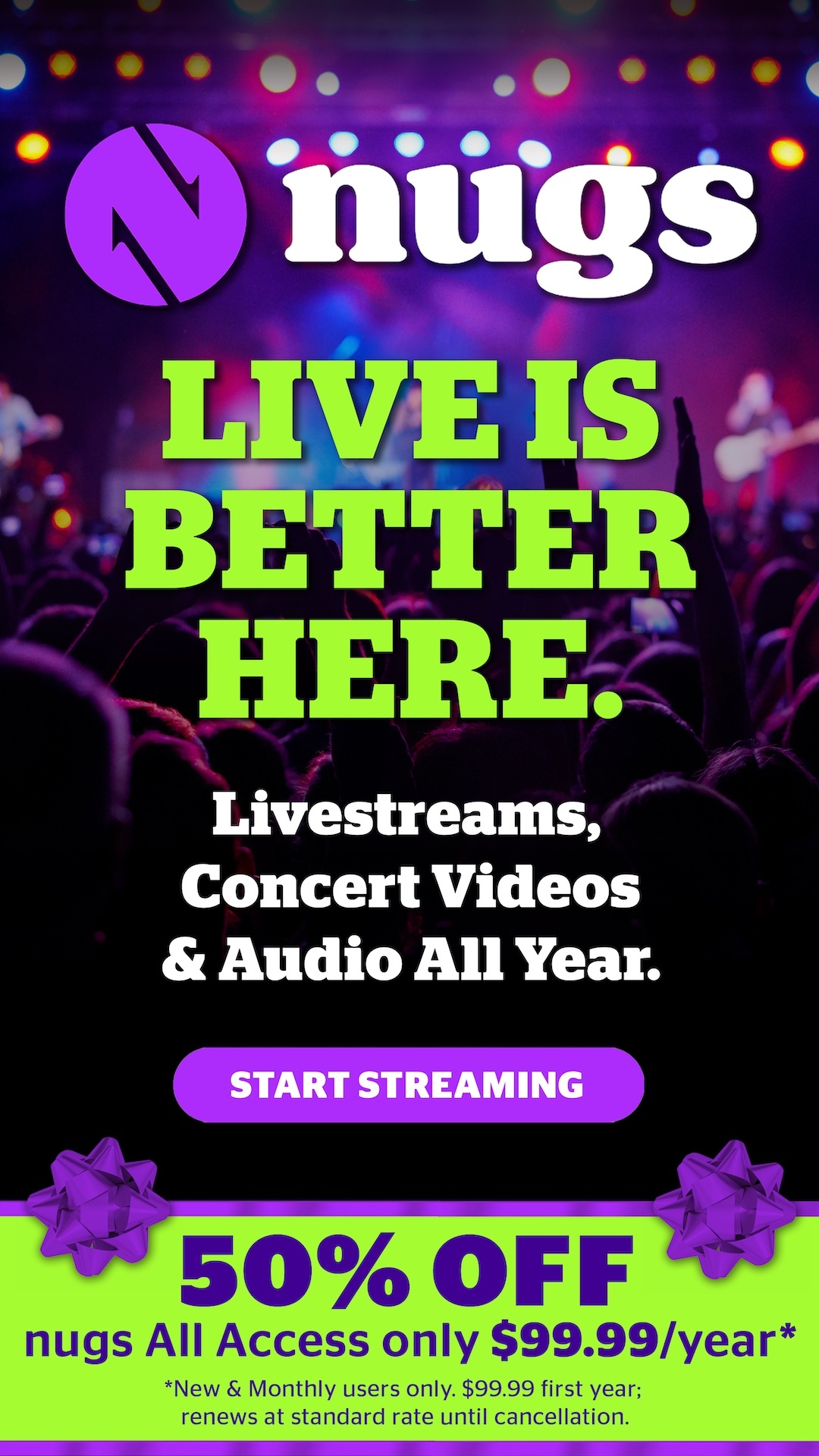The Music Tonight Was Composed With A Lot Of Silence

LISTEN NOW: Tower Theatre, Upper Darby, PA, December 9, 1995
By Erik Flannigan
The year 1995 is a peculiar one in Springsteen history. It began in early January with word of Bruce reconvening the E Street Band in the studio for what we quickly learned were new recordings released the following month on Greatest Hits. February also featured a semi-impromptu full-band performance at Tramps in New York City tied to the filming of the music video for “Murder Incorporated.” Things were heating up on E Street.
In April, Bruce and the band shot a more formal performance at Sony Studios, playing the new Greatest Hits songs and more. Then in September, they turned up in Cleveland for the opening of the Rock & Roll Hall of Fame, backing Chuck Berry and throwing an excellent “Darkness on the Edge of Town” in for good measure. It seemed for all the world that after seven long years, Bruce was reuniting with the E Street Band.
Which made the phone call I received in early October from a friend in the retail record business all the more unexpected. Our beloved Mr. Z told me that he was read-in on the new Springsteen album. “Full-band rock record followed by a world tour?” I asked with misguided certainty. Not even close. Z proceeded to tell me that Bruce’s new work was a solo album and largely acoustic.
“It’s called The Ghost of Tom Joad.” Come again? “Tom Joad, as in the guy from The Grapes of Wrath.” Huh? “And Bruce is playing solo again at the Bridge School concert at the end of the month.”
Three weeks later, I heard Springsteen debut two songs from his new album, “Sinaloa Cowboys” and “The Ghost of Tom Joad,” at Neil Young’s annual benefit concert in the Bay Area. Fast-forward to late November, and I’m sitting in my seat for opening night of the Joad tour at the Wiltern Theatre in Los Angeles, where Buce took the stage with nary an E Streeter in sight.
The way many of us initially experienced the Joad tour was as much about what it wasn’t (an E Street reunion) as what it was. But listening to Upper Darby 12/9/95, the tenth show of the tour and just two weeks removed from opening night at the Wiltern, it is abundantly clear that despite appearances to the contrary, Springsteen had long envisioned how his first solo tour was going to feel and what it was going to sound like.
The antecedent to the Joad tour was Springsteen’s solo appearance at a pair of Christic Institute benefit concerts in November 1990. It was there that Bruce initially broke with his everyman, fans-first persona, memorably telling the audience, “If you’re moved to clap along, please don’t,” and later, more tellingly, answering a call from crowd of “We love you, Bruce!” with the curt retort, “But you don’t really know me.” Ouch.
The Joad tour took the Christic’s conscious myth-shattering and intentional provocation and ran with it. Springsteen showed us confessional and confrontational sides we had never witnessed before, speaking with newfound candor about relationships, depression, and in Upper Darby, even taking (or not taking) LSD. As for confrontation, a stark “Shut up” in response to shouted requests at the Tower Theater speaks volumes.
On many levels, Joad was a sequel to Nebraska, though despite being kindred works, only “Mansion on the Hill” from the latter is represented in the 12/9/95 set. The distinct difference between the two albums is Springsteen’s evolved relationship to his own songwriting.
Introducing the song “Nebraska” at the Christic in 1990, Bruce said, “I don’t even know exactly why I wrote it [in 1982]. I didn’t think anything about whatever its political implications were until I read about it in the newspapers. But something I was feeling moved me to write all these songs at that time, where people lose their connection to their friends and their families, and their jobs and their countries, and their lives don’t make sense to them [any] more, and all the rules go out the window.”
The shift with Joad is that in 1995, unlike 1982, Bruce was fully aware of the political implications of the songs he was writing. In fact, quite the opposite of that Christic quote, several Joad narratives came directly from newspapers and books he was reading at the time. Such hyperconsciousness made his Joad writing distinct from Nebraska, more journalistic than impressionistic. Performing the songs solo (which he never did with Nebraska material until the Christic shows), Springsteen knew that for the Joad songs to connect with his audience, they had to pay attention to the details.
As such, the new troubadour scaled down to theaters and demanded quiet from his adoring fans who could previously do no wrong in the adulation department. It was jarring but also thrilling to feel so much attention being paid to narrative presentation. On top of that, Springsteen’s guitar, harmonica playing, and vocals were masterful.
Over the 18 months it ran, the Joad tour evolved modestly in terms of setlist changes, hewing close to the vision Springsteen set from the start. But in early shows like Upper Darby, that vision is wholly undiluted. The 12/9/95 set features all 12 songs from Joad — a bold step given its relative unfamiliarity, having been released less than four weeks prior. Catalog cuts like “Adam Raised a Cain” and “Darkness on the Edge of Town” were dramatically and brilliantly reinterpreted, and with the exception of the tour debut of “Blinded By the Light,” bones were not thrown.
Listening back 27 years later, Bruce’s focused performance is at times mesmerizing and never less than compelling. “Murder Incorporated” grows more harrowing in this stripped-down arrangement, and Joad story-songs like “Sinaloa Cowboys,” “Galveston Bay,” “Youngstown,” and little-played “The New Timer” benefit immensely from the considered context Springsteen offers as he introduces each one. We hadn’t heard Bruce speak this much between songs since the early days, if ever, narrating his own work in a way that presages Springsteen on Broadway.
So different was the Joad tour, that early on it must have occurred to somebody at the label or management that a dose of fan reorientation might be in order. A partial recording of the Upper Darby concerts was quickly mixed and broadcast via radio syndication just a few days later as part of the short-lived Columbia Records Radio Hour. Those ten songs were also serviced to additional radio stations on promotional tapes, actions seemingly aimed at reaching even more of Bruce’s audience with a preview of what they were walking into in theaters across the country.
The Live Archive release of Upper Darby presents the complete 12/9/95 performance for the first time, including the series debuts of “The New Timer” and “My Best Was Never Good Enough,” and the first Joad tour version of “Spare Parts.”
When Bob Dylan found Jesus and toured in support of Gotta Serve Somebody in 1979, he devoted his entire set to spiritual songs without a single prior work. While the Joad tour didn’t go quite that far, as radical departures go, both Dylan and Springsteen confronted their audiences with bold new works and relentless performances like the one captured brilliantly in the Upper Darby recording.

